Of course, that was hardly the end of feminist activism in Poland -- over the last century, the women's rights movement has challenged stereotypes of women as simply mothers and wives, has fought for reproductive rights for women, and has campaigned for equality of the sexes -- all through the war, and the rise and fall of communism. And for all of this work, all of these strides forward, we have strong Polish writers, artists, activists and more to thank.
So this Women's Month (in March), it's only apt that we celebrate strong women who have contributed so much to Polish society in terms of science, literature, activism, art and more. And many of them are closely tied to Warsaw!
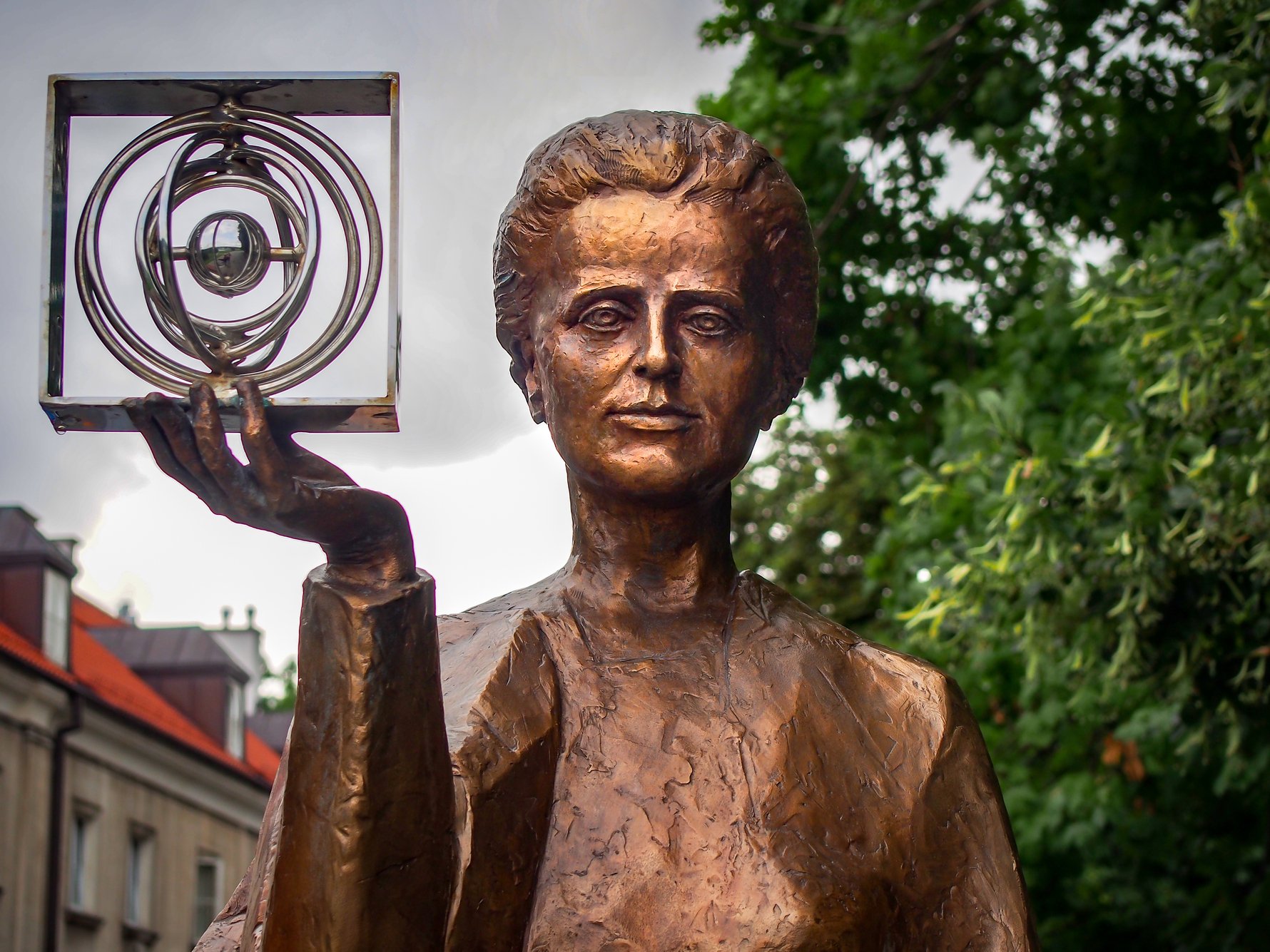
Marie Skłodowska-Curie
It would hardly be an article about Varsovian women without at least a whole section dedicated to Marie Skłodowska-Curie! Born in Warsaw, in 1867 (though at that point, Warsaw was part of the Kingdom of Poland and under Russian rule), she studied in Warsaw before moving to Paris as a young adult.
In Paris she thrived, becoming a trailblazer in science and academia and, along with her husband Pierre Curie, developed the theory of radioactivity, for which they were awarded the 1903 Nobel Prize in Physics. After her husband's death in 1906, Skłodowska-Curie continued her research and went on to win the 1911 Nobel Prize in Chemistry for her discovery of radium and polonium -- the latter of which she named after her beloved home country.
She went on to found the Curie Institutes in Paris and Warsaw, which became major medical research centers. She also never lost touch with her Polish heritage, teaching her daughters to speak fluent Polish and taking them to visit the country in their youth. Her discoveries in radioactivity revolutionised the field of medicine and paved the way for future generations of scientists
What to see:
Your best bet to learn about the prolific scientist would be a stop at the Maria Skłodowska-Curie Museum. Located in the recently-renovated building she was born in, this charming museum pays homage to the life and work of the Nobel Prize-winning physicist and chemist, including displays of Curie’s personal letters, along with artifacts, a recreation of her lab and more. Find it on ul. Freta 16
Irena Sendler
During World War II, Irena Sendler was a gentile nurse who risked her life to save over 2,500 Jewish children from the Warsaw Ghetto. Working with the Polish Underground Resistance and Polish Council to Aid Jews, she smuggled Jewish children out of the Warsaw Ghetto, gave them fake documents, placed them with Polish families, and kept meticulous records to reunite them with their families after the war. The children were often given Christian names and taught Christian prayers in case they were tested.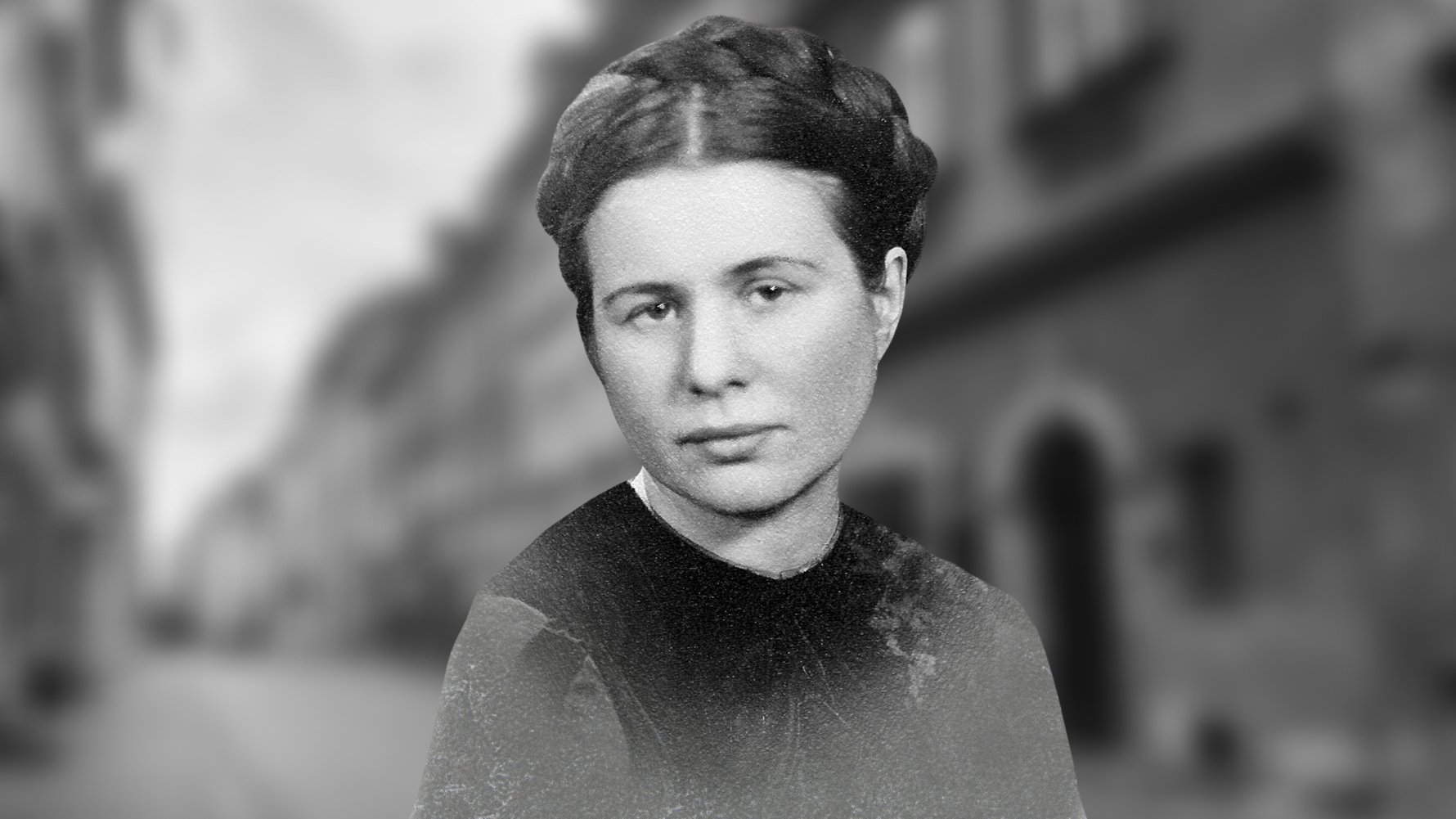
In October 1943 she was arrested by the Gestapo but was able to hide her list of children's names and information by tossing it to a friend who hid it in her clothing as the Gestapo ransacked her home in Warsaw (thankfully, the friend was never searched). She was taken to prison where she was beat repeatedly but still refused to reveal the names or hiding places of the children she'd saved. She was sentenced to death but saved by a supporter on the outside who managed to bribe the guards to let her go.
Despite her horrific ordeal, Irena Sendler continued to work as as nurse (albeit under a different name) including working in a field hospital during the Warsaw Uprising, helping to hide Jewish patients among the others. She survived the war and lived to be 98 years old. She has received numerous accolades and awards during her later years and even after her death.
What to see
For Irena Sendler, we would heartily recommend a stop at the impressive POLIN Museum, which in 2013 named its main walkway after Sendler. They have also regularly hosted events honoring Sendler or temporary exhibits remembering her work and impact. Even if you don't get to see one of those, it's well worth a trip to the museum to learn over 1000 years of Polish Jewish history.
Michalina Wisłocka
Wisłocka was a Polish feminist, gynecologist and one of the country’s first sexologists. She fought for the reproductive rights of women during the communist era and is most famous for writing the controversial book ‘The Art of Loving’ (Sztuka Kochanie). The book encountered many problems during the publishing process: the puritanical mentality of the communist censors made it difficult to publish almost anything about sexuality, let alone something that could be considered a sex manual. Despite this the book became a massive bestseller in 1978, inspiring a more open discourse about the sexual lives, needs, desires and habits of Poles.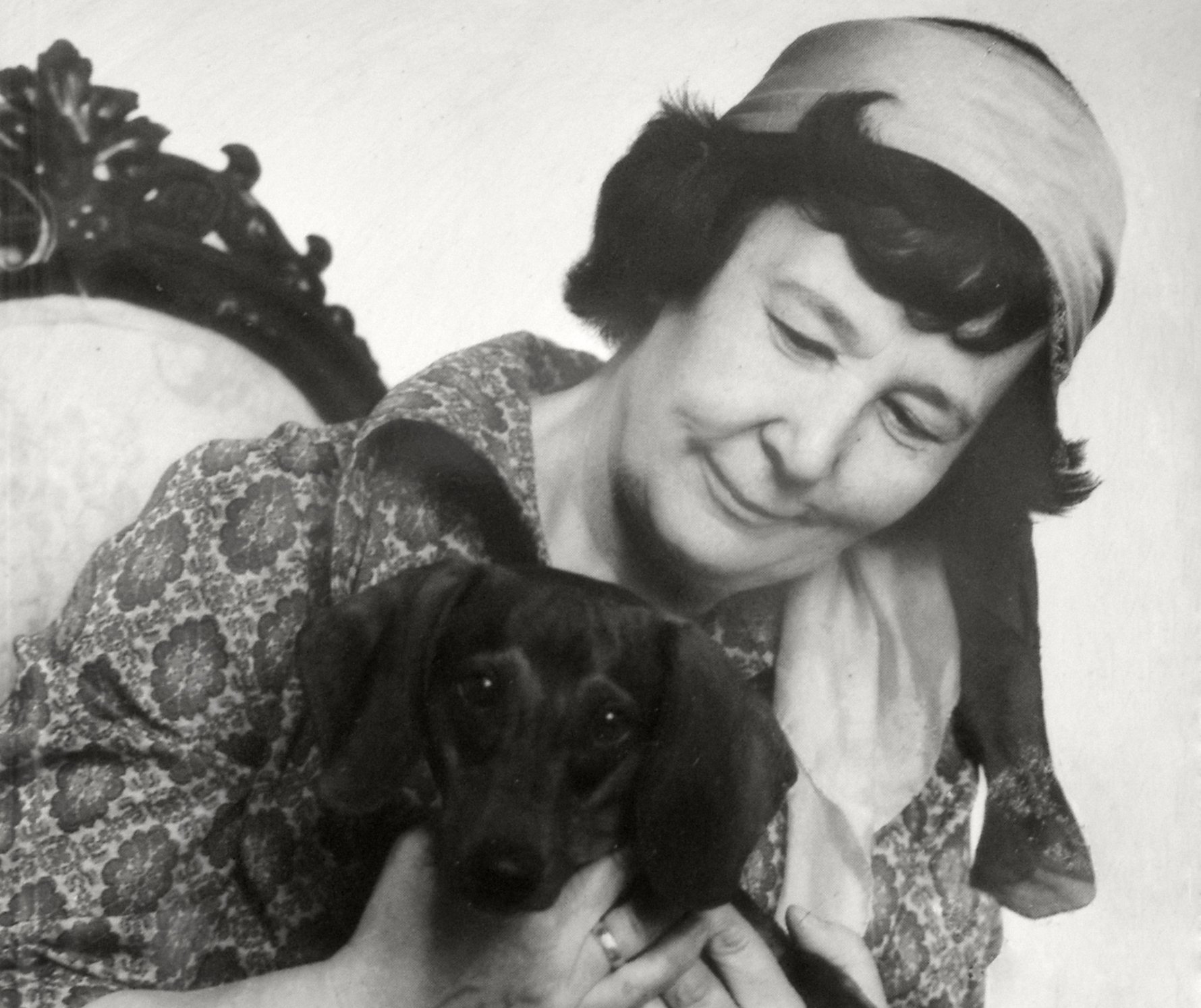
Though she was born in Łódż, Wisłocka had a close connection to Warsaw. She was the co-founder of the Society of Sensible Maternity, working on infertility treatment and birth control and did at least some of that work in Warsaw. She died in the city in 2005 from complications arising from a heart attack
What to See:
When it comes to Wisłocka, the question is less "what should I see" and more "what should I watch?" In this case, we would recommend the 2017 film The Art of Loving: The Story of Michalina Wisłocka. The film chronicles Wisłocka's life and work!
Agnieszka Osiecka
Born in 1936 in Warsaw Osiecka was a Polish poet and journalist, and the author of over 2,000 songs, many of which were turned into pop hits. Osiecka spent much of her younger years in the gorgeous mountainous Zakopane region but returned to Warsaw to attend the Warsaw University for journalism. She also went to Łódż to study film directing at a prestigious film school there.She went on to write songs -- many of a political nature - and books before her death in Warsaw in 1997.
A fairly interesting sidenote: she is also known for a particularly grisly connection to the Swinging Sixties. She was briefly married to film producer, Wojciech Frykowski, from 1962 to 1963. They divorced and he moved to the US where he was one of the people killed by Charles Manson’s family in what would turn out to be one of the crimes of the century.
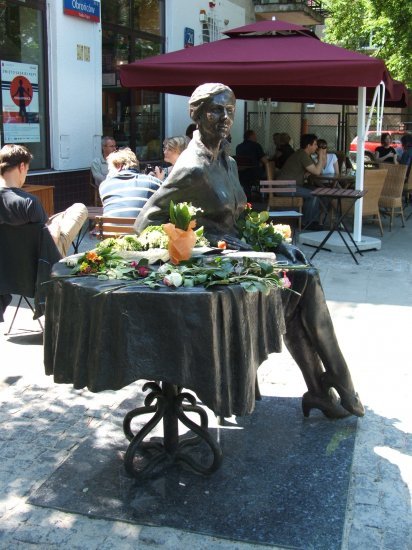
What to See:
A lovely statue in honor of Osiecka is located right in Saska Kępa in Praga on the popular ul. Francuska street. The statue depicts her at a table, a piece of writing laid out in front of her. As a seriously beloved figure, it's no surprise that the memorial is frequently covered in tributes to the author, journalist, poet and songwriter. People will leave flowers, candles and other little offerings. Plus, check out Osiecka’s favourite café, Maska, which stands around the corner from her monument.
Magdalena Abakanowicz
One of the most well-known textile artists from Poland is Magdalena Abakanowicz -- the creations she's made have challenged the limits of what "art" and "sculpture" mean, and her life growing up in and around Warsaw is fascinating. Born in 1930 in Falenty (just south of Warsaw), Abakanowicz’s family was actually descended from Polish royalty. Her life changed when she was just 9 years old and Nazis invaded Poland and her family became part of the heroic Polish Resistance. Abakanowicz (at the tender age of 14) became a nurse’s aid in a hospital in Warsaw, seeing first-hand the horrors of war.
Years later, Abakanowicz enrolled in the Academy of Fine Arts in Warsaw and, like many other artists at the time, ran up against resistence and constraints by the government. This put enormous constraints on a young Abakanowicz who turned from painting to, more frequently, textiles for artistic expression. She continued to paint but over the years also took up weaving as an art form and later, in the 1960s, produced her famous Abkans. The 3D fiber works hang up to 13 feet from the ceiling and are made of a weaving technique Abakanowicz herself created.
Abakanowicz died in 2017 in Warsaw but her works live on as a respresentation of the extreme oppression she and other Poles faced in the 20th century, and the weight of human suffering.
What to See:
Luckily for everyone around Warsaw, it's easy to see Abakonwicz's works at the newly opened Modern Art Museum right in the center of Warsaw, on Marszałkowska street. A large, hanging fiber work called "Monumental Composition" made by Abakonowicz can be found at the museum and it's well-worth a visit!
Agnieszka Holland
We thought it only fair to include some modern Polish women who have created art out of Warsaw. Born in Warsaw in 1948, Agnieszka Holland is a Polish film director and screenwriter who has made a serious name for herself in Hollywood. She grew up in the capital city, the daughter of a father who was a communist journalist and a mother who fought with the Polish Resistance during the Warsaw Uprising.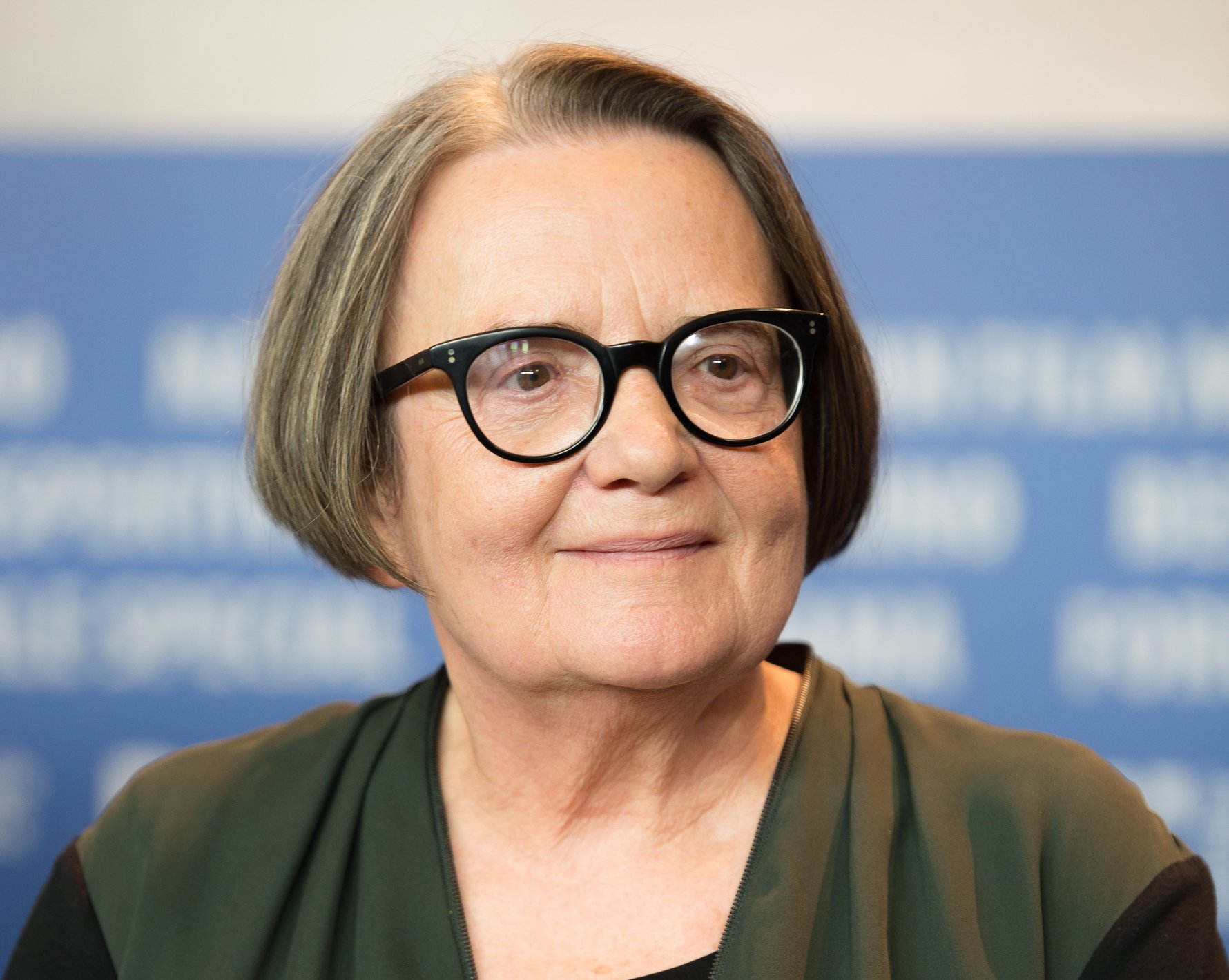
Holland went to high school in Warsaw and university in Prague before starting her film career as an assistant director. She went on to make a whole host of films; her acclaimed filmography as director includes "Europa Europa," "The Secret Garden," and "In Darkness." She is known for her gritty realism and social commentary, and her work has been recognized with numerous awards and nominations.
What to See: All of her films are worth a watch, but if you want to stay very topical, check out her 2023 film Green Border, which depicted different players involved in the migrant crisis on the border of Poland and Belarus. The film received a lot of criticism from the government, who argued that it put Polish border guards in a bad light. But it was heralded by many critics and audiences.
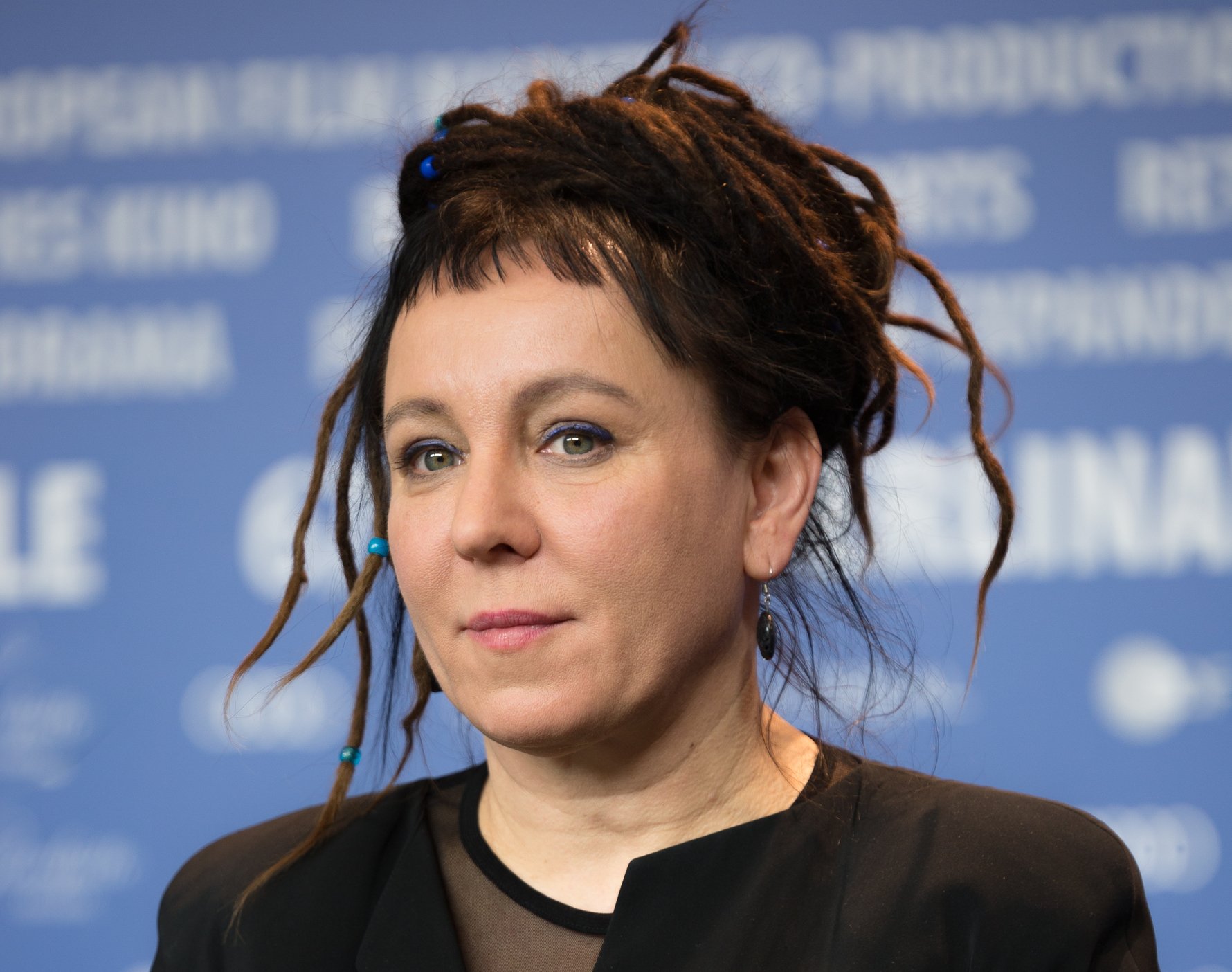
Olga Tokarczuk
We would be seriously remiss if we didn't mention Olga Tokarczuk. A Polish writer, activist, and public intellectual, she is one of the most critically acclaimed and successful authors of her generation in Poland; in 2019, she was awarded the 2018 Nobel Prize in Literature as the first Polish female prose writer for "a narrative imagination that with encyclopaedic passion represents the crossing of boundaries as a form of life." As a result, many of her books have been translated into other languages and even adapted into films. “Drive Your Plough Over the Bones of the Dead” is perhaps her most popular novel with foreign readers.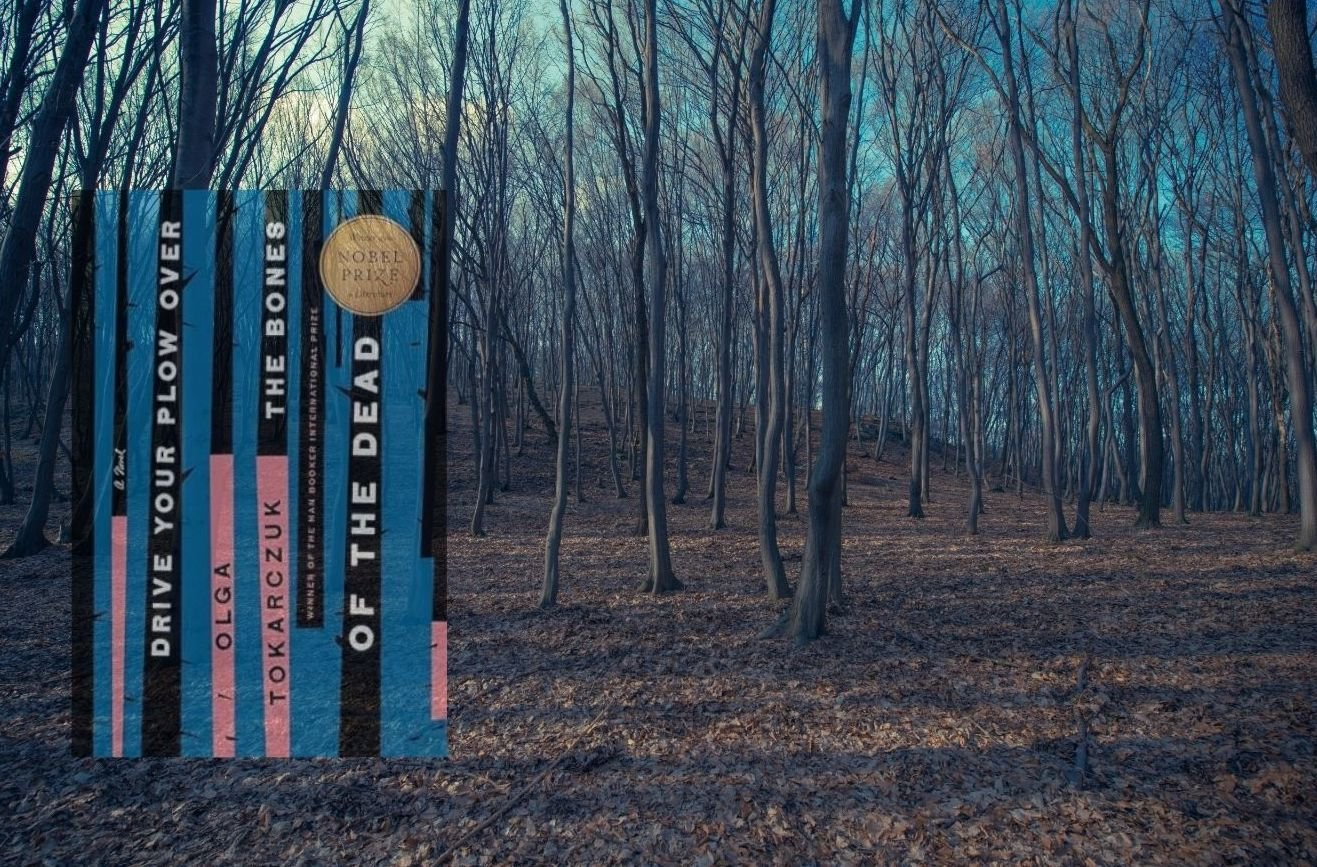
Though she wasn't born in Warsaw, her connection to the city is undeniable. She studied at the University of Warsaw and now teaches clinical psychology at the same university. In 2020, she was awarded an "honorary citizen of Warsaw" position for her work.
What to See:
In this case, what to read. We suggest arguably her most famous book: Drive Your Plough Over the Bones of the Dead, a fascinating book that blends some fantastical elements, thriller and feminism. In 2018, Tokarczuk won the Nobel Prize for Literature for the work.


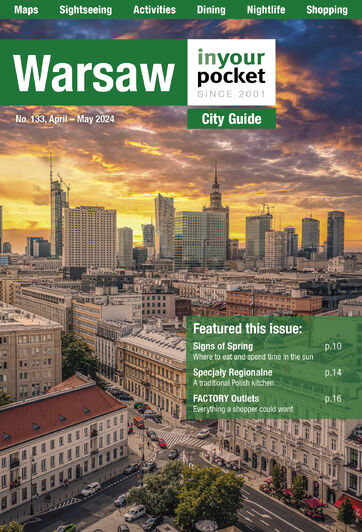
Comments